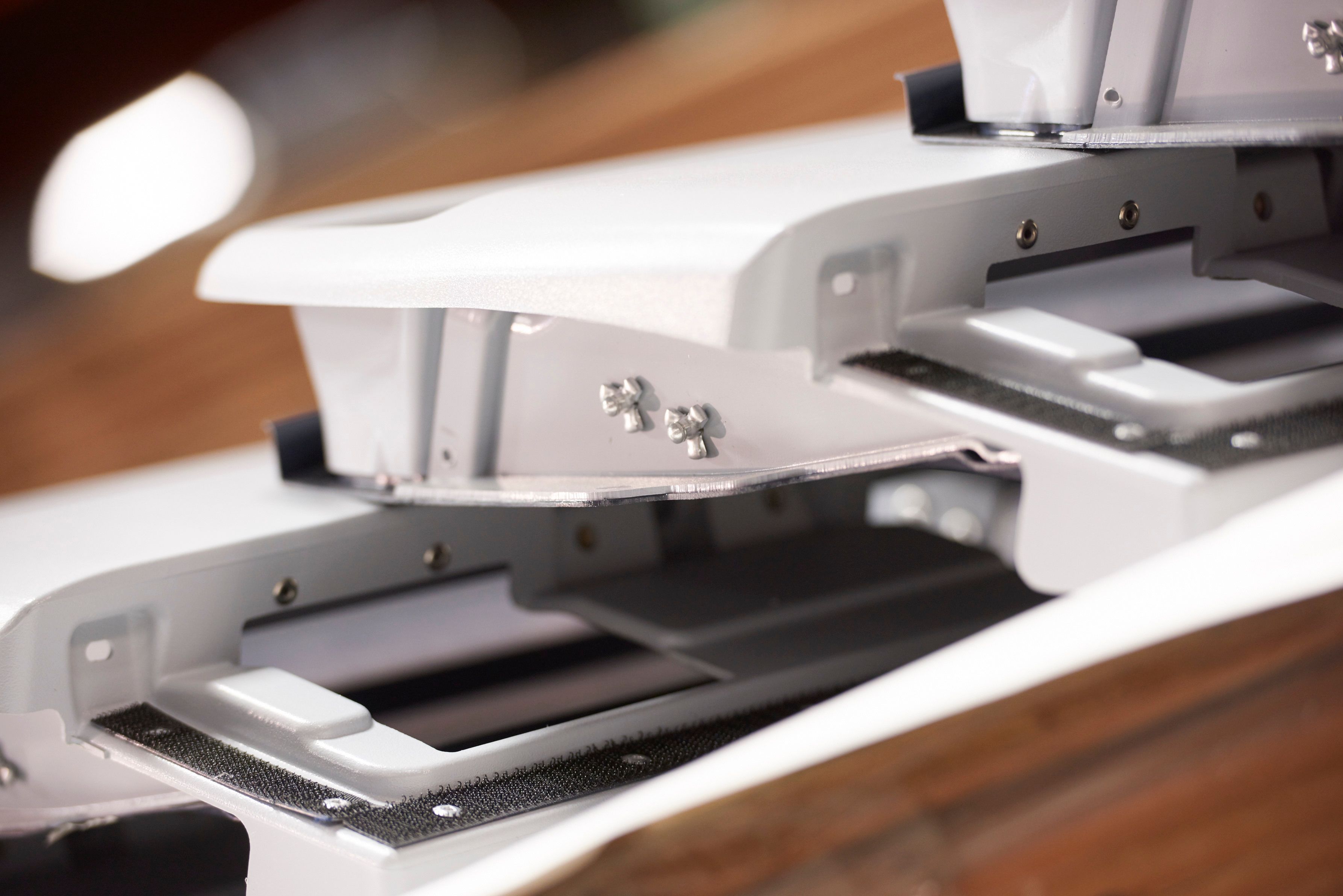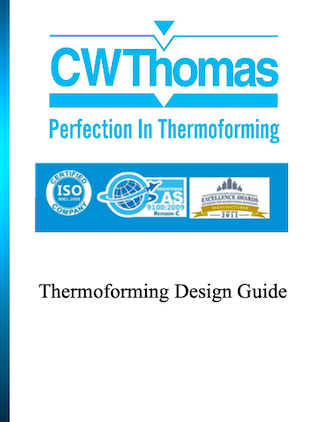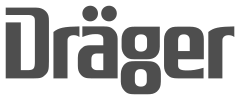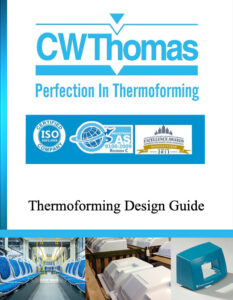Thermoforming and injection molding are two popular manufacturing processes used to manufacture plastic components. There are several benefits of both processes. Let’s take a look at some of the benefits of thermoforming. In this post, we also compare the two production methods, and take a look at some factors to consider when selecting the right method for your project.
Thermoforming Explained
Thermoforming is a versatile and efficient production process. It is widely used to manufacture plastic parts in small or medium batches. In the first step of the process, a plastic sheet is heated until it becomes pliable. The sheet is then stretched over a mold. Pressure is applied to achieve the desired shape. Next, the sheet is cooled until it solidifies. Thermoforming is the preferred manufacturing process of manufacturers around the world due to low upfront costs and quick turnaround times. Manufacturers often use thermoforming to manufacture large or complex visually appalling parts.
Advantages of Thermoforming
Cost-Effectiveness for Limited Runs
Thermoforming is a cost-effective alternative to injection molding for small to medium-sized production runs. It allows businesses to produce quality parts without making a substantial upfront investment. The cost-effectiveness of thermoforming makes it an ideal choice for projects that involve producing goods in small quantities (small batch manufacturing) and those in the prototype phase. It helps manufacturers minimize initial expenses, allowing them to allocate resources more effectively, so increasing costs do not lead to financial strain as the project progresses.
Reduced Tooling and Production Costs
One of the advantages of thermoforming is its simplicity. With thermoforming, manufacturers spend less time and money setting up production lines. Unlike injection molding that requires complex, double-sided molds for even simple designs, thermoforming involves single-sided molds. It allows manufacturers to speed up their manufacturing process and manufacture quality products at a fraction of the cost. Thermoforming can help manufacturers get new products to market quickly. It also allows manufacturers to avoid mold modification expenses when adjusting product designs.
Flexibility and Short Lead Times
A substantial advantage of thermoforming is its flexibility. It simplifies and speeds up the process of prototype to production, allowing manufacturers to better respond to market demands. This speed to market is especially beneficial in industries where product life cycle is short or where being first can capture significant market share. Furthermore, the ability to quickly produce and iterate designs based on feedback or testing results underscores thermoforming’s role in fostering innovation and continuous improvement.
Design Flexibility and Quality
Thermoforming offers unparalleled design flexibility, particularly for large or complex parts. The process accommodates secondary CNC machining post-thermoforming, allowing for the incorporation of detailed features and precise tolerances without introducing stress points or weak spots often seen in injection molded parts. Thermoforming helps ensure that products are both aesthetically pleasing and functional and meet structural integrity requirements. The process reduces the need for assembly. There are less failure points. As a result, the final product is reliable and durable.
When Thermoforming is the Preferred Choice
Thermoforming is ideal for projects that involve producing large parts with complex geometries, high-quality parts and for short-run productions. The method is commonly used for creating vehicle panels, appliance doors, and display kiosks. The production technique helps reduce turnaround time, enabling manufacturers to manufacture aesthetically pleasing quality parts quickly.
Advantages of Injection Molding
In injection molding, molten plastic is injected into a mold at high pressure. The mold slowly hardens taking the desired shape. Injection molding allows manufacturers to produce a large number of parts without sacrificing quality. It is the ideal choice for projects that involve manufacturing parts with complex geometries or high tolerances. Although the initial setup and tooling for injection molding present higher costs, the method becomes exceedingly cost-effective at higher volumes, offering a lower per-piece cost in mass production scenarios.
When to Opt for Injection Molding
Injection molding is ideal for high-volume production. It is commonly used to manufacture components of electronic devices. Manufacturers also utilize the production technique to manufacture automotive parts and medical devices.
When choosing between the two methods consider volume, size of parts to be produced, project budget, and aesthetic standards. While thermoforming can be used to produce parts in small quantities production runs, injection molding is ideal for high-volume production. By understanding the distinctive advantages of each manufacturing process, decision-makers can strategically align their project needs with the most suitable production method, optimizing both quality and cost-efficiency.










